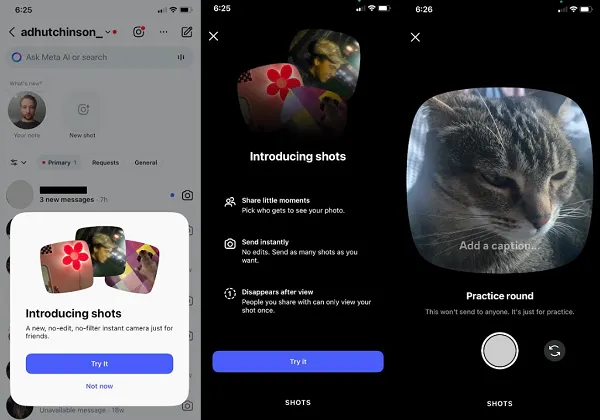How data onboarding can make or break campaign success
Stirista details how accurate data onboarding can provide a unified online and offline dataset, with accurate profiles that can make for successful campaigns.

Your campaign is in market and it’s underperforming. But why? The creative was on fire. You had the first-party data. You selected the audience and the appropriate channels to reach them. But the results are in, and they’re not good—poor delivery and poor conversion.
One source of the issue you may not have considered is the data onboarding process. It may not be as sexy as the creative side of the campaign, but data onboarding is just as important. In fact, it’s critical.
So what is data onboarding? Simply put, it’s transferring your first-, second- and third-party offline data into an online dataset. In theory, this seems like the perfect means of ensuring you are reaching the right audience and aren’t wasting money and impressions on the wrong targets. But there are a number of challenges that can set your well-intentioned efforts on the wrong path. For example, how long did the data onboarding process take? How is the data matched and uploaded? Where is the data stored? There’s lots to consider.
Here’s a checklist of your challenges:
1. Syncing this data takes time. Time is critical to campaign success. Unfortunately, traditional data onboarding can take weeks, so even if you've got great data from a trusted source, it might be outdated by the time your email, display or connected TV (CTV) campaign starts running. But new onboarding players are changing this plight and leveling the playing field for marketers of all sizes.
First- and second-party data—while more useful than third-party data—is only valuable if it’s current.
2. Data quality and data quantity matter. Inaccurate or insufficient data may be bogging down the data onboarding for your campaign. If so, this can have a deleterious effect on your output. Not enough CTV IDs or hashed emails means you won’t have enough info or enough targets to get a statistically significant result.
3. Working with disparate data. It could be that your data company isn’t sourcing their own data in the first place. Additionally, many companies don’t onboard CTV viewership data at all. And unless you’ve been living under a rock you know that CTV is experiencing exponential growth due to the pandemic and consumer preference for on demand entertainment.
With many consumers cutting the cable cord in favor of their favorite streaming services, having CTV data to complete audience profiles is key. And, as onboarding CTV audience data is still nascent you’re in much better hands with partners that are on the forefront of CTV data activation.
4. Timing is everything. Data changes constantly, so the longer it takes to get data onboarded, the more the data is likely to be inaccurate. Quarterly data updates are the norm for most data providers, but that means the data is stale for 119 days on average. And when you’re trying to reach audiences who move between devices, locations and contexts hundreds of times a day, 119 days and 86,399 seconds of decay is a death sentence.
A data onboarder that can get a data campaign ready in less than 24 hours, and include the most important identifiers—like CTV device IDs—will help ensure campaign success. This means you’ll be nimble with any audience refinements to increase campaign reach.
But is the data correct?
After all is said and done, there’s a further issue: data validation. This is critical to the onboarding process across channels. Marrying online and offline data provides the most accurate total profiles. And while a validated email reigns supreme for online marketing, postal addresses are equally critical for accurate offline data. Inaccurate postal or email addresses can lead marketers to create campaigns that are going to the wrong audience in the first place. These low match rates can signal the death of campaign success.
With the right onboarding partner, you can ensure that your campaign hits the right audience on the right channel. This means you get the intended result from spending your hard-earned media dollars.

 MikeTyes
MikeTyes 
































